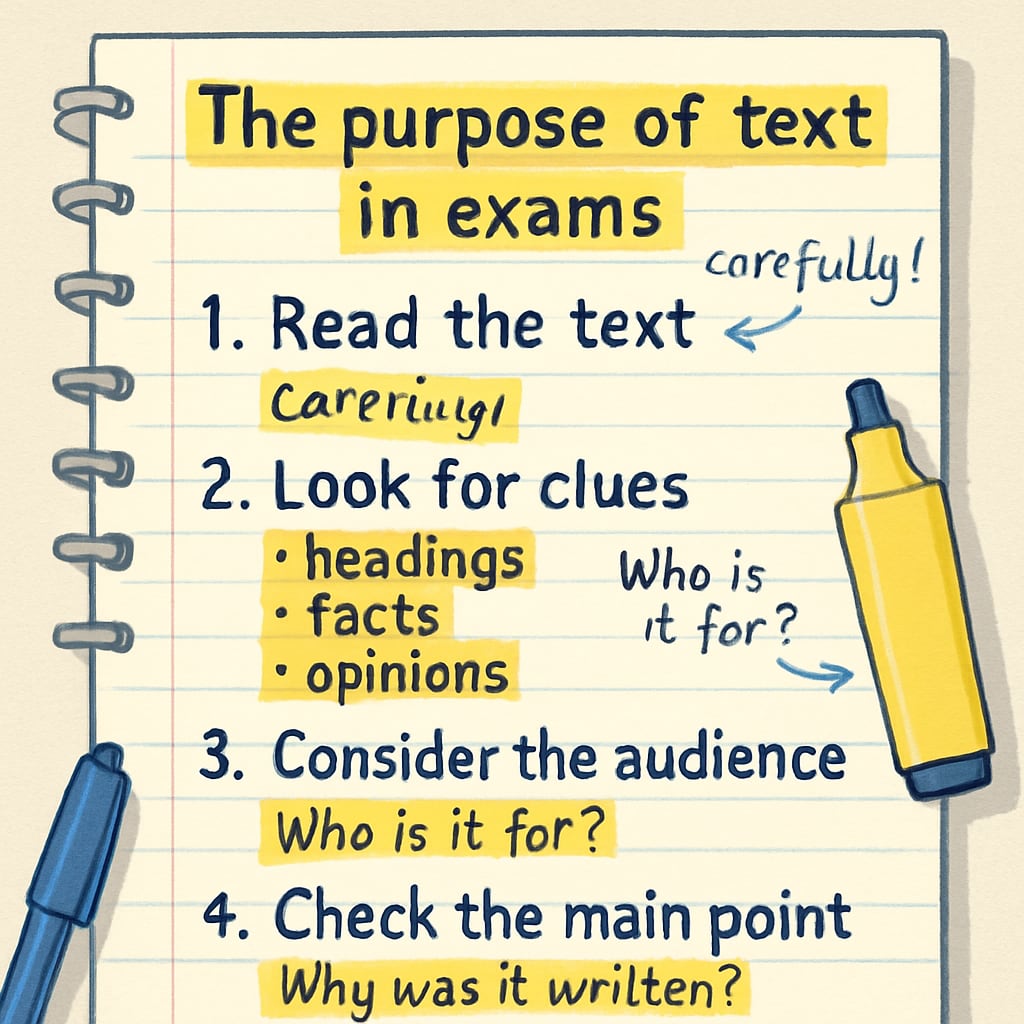The challenge of identifying text purpose in Functional Skills English exams can be overwhelming for many K12 students. These exams demand more than basic reading comprehension; they require the ability to discern the writer’s intent, tone, and target audience. For students striving to improve their performance, understanding this critical aspect is key to unlocking success in reading tasks.

Understanding the Concept of Text Purpose
Text purpose refers to the reason behind a writer’s creation of a particular piece of content. Whether it’s to inform, persuade, entertain, or instruct, identifying this purpose helps students connect with the material on a deeper level. In Functional Skills English exams, questions related to text purpose often test a student’s ability to interpret context, tone, and structure.
- Informative texts: Designed to provide facts or explain concepts, such as reports or news articles.
- Persuasive texts: Aim to convince readers of a particular viewpoint, often seen in advertisements or opinion pieces.
- Instructional texts: Provide step-by-step guidance, such as manuals or recipes.
- Entertaining texts: Focus on engaging the reader, commonly found in fiction or anecdotes.
Understanding these categories is a foundational step in overcoming reading comprehension barriers.
Challenges Faced by Students
Identifying text purpose is not always straightforward. Students often encounter challenges such as:
- Lack of contextual clues: Some texts may have ambiguous language, making it difficult to pinpoint the writer’s intent.
- Misinterpretation of tone: Confusion between neutral, formal, or persuasive tones can lead to incorrect conclusions.
- Time constraints: Exam conditions often limit the time available for detailed analysis, increasing stress and errors.
These obstacles can hinder a student’s ability to perform well, but with the right strategies, they can be overcome.

Strategies to Identify Text Purpose
To tackle text purpose questions effectively, students can adopt the following strategies:
- Analyze the title and headings: Titles often provide clues about the text’s intent. For example, a title like “10 Ways to Save Money” signals an instructional purpose.
- Focus on tone and language: Words like “must,” “should,” or “recommend” suggest persuasion, while factual terms indicate an informative tone.
- Examine the structure: Instructional texts tend to have numbered steps, while persuasive ones may include arguments and counterarguments.
- Identify the audience: Consider who the text is addressing. An article aimed at teenagers might entertain, while one for professionals might inform.
- Practice with mock exams: Regular practice helps students recognize patterns and sharpen their analytical skills.
By implementing these techniques, students can build confidence and accuracy in their reading comprehension abilities.
Why Text Purpose Matters in Exams
Understanding text purpose is not just an academic skill—it’s a life skill. In exams, identifying the purpose helps students answer questions more accurately and efficiently. Beyond the classroom, it enhances their ability to critically evaluate information in real-world contexts, whether it’s reading a job description or analyzing news articles.
As a result, mastering this skill can significantly impact both academic and personal success.
Conclusion: Text purpose is a cornerstone of reading comprehension in Functional Skills English exams. By understanding the types of texts, addressing common challenges, and applying targeted strategies, students can improve their exam performance and develop valuable analytical skills. With consistent practice and dedication, the puzzle of identifying text purpose becomes manageable—and even rewarding.


